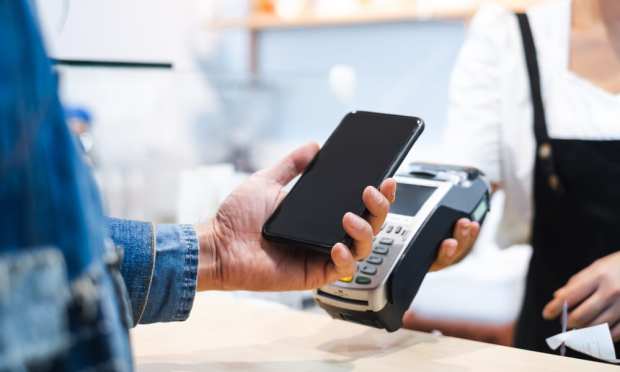Payment Orchestration Platforms Conduct Business

Payment orchestration platforms (POPs) are suddenly everywhere as solution-shopping for the great American reopening gets underway in earnest. The inaugural edition of the Payments Powering the Platform Economy Report, a collaboration of PYMNTS and Payoneer, offers an in-depth examination of how tailoring payments to geographic markets helps online sellers connect customers with goods during periods of upheaval, or in the regular course of business.
The lure of new markets and customers is powerful, and a global presence is now available to the smallest of online retailers, but there’s a right way to expand into overseas territories.
“Merchants need to offer international customers their preferred payment methods to best cater to them, yet they must do so in a way that is fast and secure for their businesses,” the report states.
“Many merchants often resort to partnering with multiple payment service providers (PSPs) to meet the payment needs of customers from around the globe. Merchants can find it time-consuming to integrate with various PSPs and cumbersome to manage all these disparate providers, however.”
Many Services, One Unified Experience
Reducing friction is the domain of payment orchestration platforms (POPs), “…that can help businesses tailor their purchasing experiences to each market’s local preferences. POPs also help businesses optimize customers’ experiences, improve conversion and payment acceptance rates, manage transaction flows, analyze payment performance and mitigate risks.”
As even SMBs add increasingly cloud-based technologies, management of data and tools themselves becomes a bear for many organizations. An agglomeration of payment service providers (PSPs) may make sense as merchants add more payment options. But synchronizing that level of complexity – in new markets, and at a time of pandemonium – requires a higher order of computing power and muscle. That’s where POPs are proving valuable now.
“Businesses can provide more convenient experiences by offering tailored payment options to each market. This is normally done by establishing connections to PSPs that operate in local markets and offer the payment methods preferred in specific regions,” the report states.
“Businesses can easily connect to many PSPs at once by turning to POP providers, firms with global experiences that can enable merchants to quickly add and manage payment types without undergoing the involved process of integrating separately with each PSP. Payment orchestrators instead offer modular and open application programming interfaces (APIs) that businesses integrate with once,” the report states, adding that “this streamlined process can be especially beneficial for cross-border merchants because it helps them easily integrate with payment providers from different markets and regions.”
Cross-Border, Cross Your Heart
Merchants are working harder than ever to provide frictionless, touchless customer experiences. It’s ambitious to say the least – and so much of the all-important consumer experience relies on payments and seamlessness (or lack thereof).
“Offering a tailored payment experience for international shoppers comes with plenty of operational challenges,” Daniel Smeds, founder and CEO of Optile, a Payoneer-owned POP, told PYMNTS. “As 41 percent of global customers demand the availability of their preferred payment methods, offering them just the right mix of payment solutions is one of the key tasks for cross- border eSellers. To ensure a frictionless and uniform payment experience, online merchants [must] integrate multiple payment providers.”
“This process often comes with high costs and demands extensive internal resources,” he said. “While building payment connections in-house, businesses risk ending up with a disintegrated, fractured payment setup. This can result in a flawed customer experience, decreased payment acceptance and high transaction costs and fraud rates. To address these challenges, merchants can tap into the capabilities of a payment orchestration platform.”
